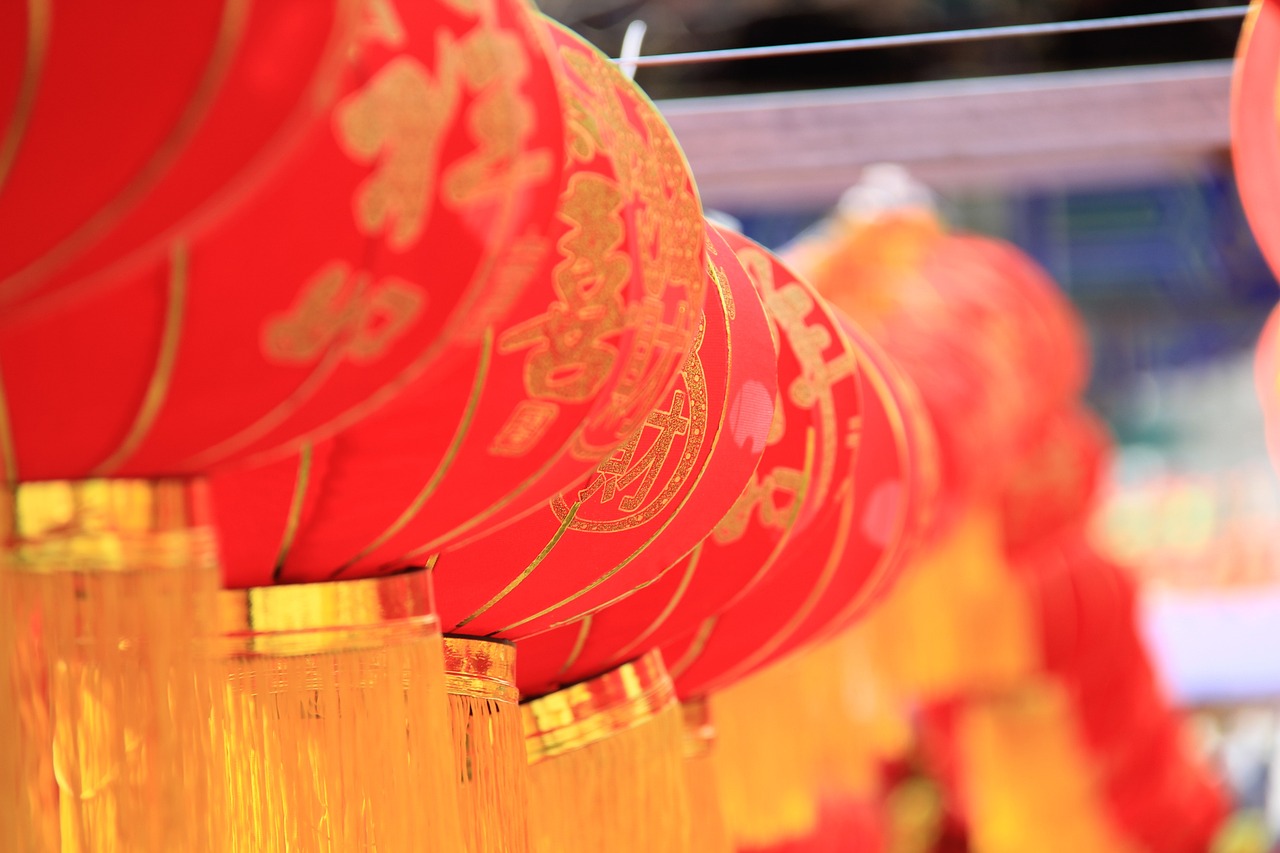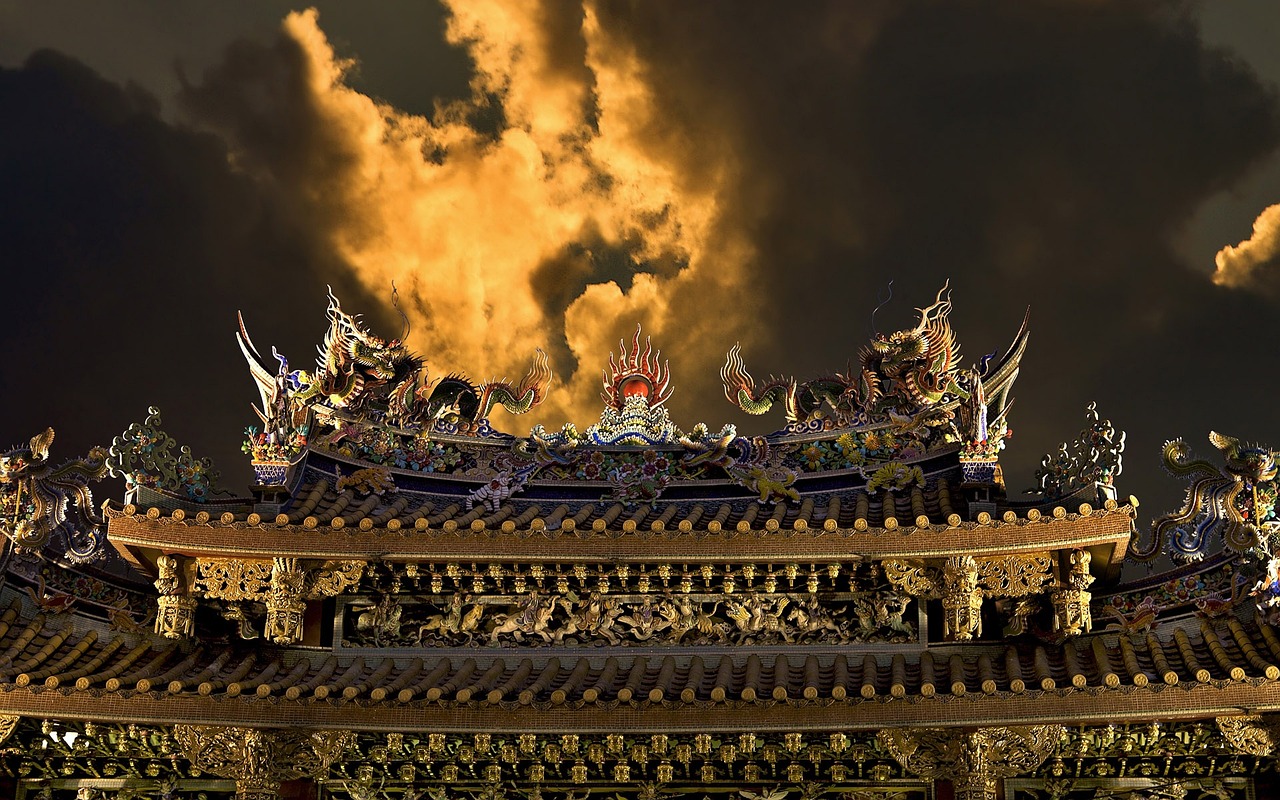The Chinese Pistache tree is known for its moderate growth rate, typically reaching heights of 25 to 35 feet within 15 to 20 years. This adaptability to urban environments makes it a popular choice for landscaping in cities.
The Chinese Pistache tree (Pistacia chinensis) is a deciduous tree native to China. Its popularity has surged in urban landscaping due to its resilience and ability to thrive in various conditions. This tree can endure different soil types, resist drought, and withstand heat, making it a viable option for city environments. Moreover, its aesthetic appeal is enhanced by the vibrant fall colors that range from yellow to deep red.

When considering the growth rate of the Chinese Pistache tree, it is essential to understand several factors that contribute to its adaptability in urban settings. These include soil quality, climate conditions, and water availability. Properly managed, these trees can flourish and provide numerous benefits to urban landscapes.
Growth Characteristics
The growth rate of the Chinese Pistache tree is categorized as moderate. Over a span of 15 to 20 years, these trees generally achieve a height ranging from 25 to 35 feet. The growth rate can be influenced by various factors, including environmental conditions and care practices. Below are some key characteristics of the growth pattern:
| Age (Years) | Height (Feet) | Growth Rate (Inches per Year) |
|---|---|---|
| 5 | 10 – 15 | 2 – 4 |
| 10 | 20 – 25 | 3 – 5 |
| 15 | 25 – 35 | 4 – 6 |
| 20 | 30 – 40 | 5 – 7 |
The growth rate during the early years of a Chinese Pistache tree’s life is quite significant. In the first few years, the tree will focus on establishing a strong root system. This foundational growth is crucial for the tree’s long-term stability and success in an urban setting.

As the tree matures, it will reach a more stable growth rate. Factors such as soil quality and moisture levels play a critical role during this phase. Trees planted in well-draining soil with adequate nutrients tend to grow faster than those in poorer conditions.
Moreover, the Chinese Pistache tree is known for its adaptability to varying climatic conditions. It can withstand temperatures ranging from hot summers to cold winters. This resilience allows it to be planted in diverse urban areas across the United States.
Urban Adaptability Factors
Urban environments can present numerous challenges for tree growth. However, the Chinese Pistache tree exhibits several qualities that enhance its adaptability:

- Drought Resistance: This tree requires minimal water once established, making it suitable for areas prone to drought.
- Pest and Disease Resistance: The Chinese Pistache is less susceptible to common pests and diseases that often affect urban trees.
- Soil Tolerance: It can thrive in various soil types, including clay and sandy soils, which are often found in urban areas.
- Aesthetic Qualities: The beautiful fall foliage attracts attention and enhances the urban landscape.
The combination of these factors makes the Chinese Pistache tree an excellent choice for city planners and homeowners looking to enhance their outdoor spaces. Its ability to adapt not only contributes to the ecological balance but also adds beauty and value to urban environments.
In summary, the growth rate and adaptability of the Chinese Pistache tree make it a notable option for urban landscaping. Understanding its growth characteristics and the factors influencing its success is essential for anyone considering this tree for their landscape designs.
Planting and Care Requirements
Successfully growing a Chinese Pistache tree in an urban environment requires attention to its planting and care needs. Proper care will ensure that the tree thrives and reaches its full potential. Below are essential aspects to consider when planting and maintaining this tree.
Site Selection
Choosing the right location for planting a Chinese Pistache tree is crucial for its growth. The site should meet the following criteria:

- Sunlight: The tree prefers full sun, which means it needs at least six hours of direct sunlight each day. A well-lit area promotes healthy growth and vibrant fall colors.
- Space: Ensure there is adequate space for the tree to grow. Chinese Pistache trees can spread up to 30 feet wide. Avoid planting too close to buildings or other trees.
- Soil Quality: Well-draining soil is preferred. While the tree is adaptable to various soil types, poor drainage can lead to root rot.
Planting Steps
To successfully plant a Chinese Pistache tree, follow these steps:
- Prepare the Site: Clear the area of any debris, weeds, or grass. This helps reduce competition for nutrients.
- Dig a Hole: Dig a hole that is twice as wide and the same depth as the root ball of the tree. This allows the roots to spread easily.
- Position the Tree: Place the tree in the center of the hole, ensuring that the top of the root ball is level with the surrounding soil.
- Backfill the Hole: Fill in around the root ball with soil, gently packing it down to eliminate air pockets. Water thoroughly to help settle the soil.
- Add Mulch: Apply a layer of mulch around the base of the tree. This helps retain moisture and suppress weeds.
Irrigation and Watering
During the first year after planting, proper watering is essential for establishing a strong root system. Here are some guidelines for watering:
- Initial Watering: Water deeply once a week during dry spells to encourage deep root growth.
- Established Trees: Once established, the Chinese Pistache tree requires less frequent watering. Monitor soil moisture and water only during prolonged dry periods.
- Avoid Overwatering: Ensure not to overwater, as this can lead to root rot. The tree is drought-tolerant once established.
Pest and Disease Management
The Chinese Pistache tree is generally resistant to many common pests and diseases. However, regular monitoring is essential to keep it healthy. Potential issues include:
- Aphids: These small insects can occasionally infest new growth. They can be managed by washing them off with water or using insecticidal soap.
- Scale Insects: These pests might appear on branches and leaves. Treatment options include horticultural oil or insecticidal soap.
- Leaf Spot: Fungal diseases may cause leaf spots. Ensure proper air circulation and avoid overhead watering to prevent these issues.
Pruning Techniques
Pruning is an essential part of maintaining a healthy Chinese Pistache tree. Here are some recommended practices:
- Timing: The best time to prune is during late winter or early spring before new growth begins.
- Remove Dead or Diseased Wood: Regularly check for and remove any dead or unhealthy branches to promote overall tree health.
- Avoid Over-Pruning: Limit pruning to about 25% of the tree’s crown in a single year to avoid stressing the tree.
By following these planting and care requirements, you can help ensure that your Chinese Pistache tree thrives in an urban environment, contributing beauty and ecological benefits for years to come.
Environmental Benefits of the Chinese Pistache Tree
The Chinese Pistache tree not only enhances urban landscapes with its beauty but also provides significant environmental benefits. Understanding these benefits can help justify its inclusion in urban planning and landscaping projects.
Air Quality Improvement
Trees play a vital role in improving air quality. The Chinese Pistache tree contributes in several ways:
- Carbon Dioxide Absorption: Like all trees, the Chinese Pistache absorbs carbon dioxide during photosynthesis, helping to reduce greenhouse gases in the atmosphere.
- Oxygen Production: This tree releases oxygen, which is essential for human and animal life, thereby improving overall air quality.
- Pollutant Filtration: The foliage captures dust, smoke, and other particulate matter, filtering pollutants from the air.
Urban Heat Island Mitigation
Urban areas often experience higher temperatures due to the heat island effect, where concrete and asphalt absorb and retain heat. The Chinese Pistache tree helps mitigate these effects:
- Shade Provision: By providing shade, the tree reduces surface temperatures and lowers energy costs for cooling buildings.
- Transpiration: Through the process of transpiration, trees release moisture into the air, which can help cool the surrounding environment.
Biodiversity Support
Planting Chinese Pistache trees can enhance urban biodiversity. This tree provides habitat and food for various wildlife, including:
- Birds: The tree’s berries attract birds, providing them with a food source while offering shelter.
- Insects: Various beneficial insects, such as pollinators, are attracted to the flowers of the tree during blooming periods.
Landscape Aesthetics and Design Considerations
The aesthetic appeal of the Chinese Pistache tree makes it a favorite among landscape designers. Its unique characteristics can be utilized effectively in various landscape designs.
Seasonal Changes
The Chinese Pistache tree offers a dynamic visual experience throughout the year:
- Spring: In spring, the tree produces small clusters of flowers that add subtle beauty.
- Summer: The dense green foliage provides shade and a lush appearance.
- Fall: One of the most striking features is its vibrant fall colors, ranging from yellow to bright red, creating a stunning display that enhances any landscape.
- Winter: In winter, the tree’s bare branches can create an interesting silhouette against the sky.
Design Applications
The versatility of the Chinese Pistache tree allows it to be used in various landscaping applications:
- Street Trees: Its size and shape make it suitable for street plantings, providing shade and aesthetic value along roadways.
- Parks and Recreational Areas: The tree can be used in parks for shaded seating areas or walking paths, enhancing visitor experiences.
- Residential Landscapes: Homeowners can plant this tree to increase property value and create a beautiful outdoor space.
Cultural Significance and Uses
The Chinese Pistache tree holds cultural significance in various contexts. Understanding its history and uses can provide insight into its value beyond aesthetics.
Cultural Importance
Natives of China have long regarded this tree as important for several reasons:
- Symbolism: The tree is often associated with prosperity and longevity in Chinese culture.
- Traditional Medicine: Parts of the tree have been used in traditional medicine for their beneficial properties.
Practical Uses
The wood of the Chinese Pistache has practical applications as well:
- Lumber: The wood is durable and often used for making furniture and cabinetry.
- Landscaping Material: Pruned branches can be used as mulch or compost material, contributing to sustainable landscaping practices.
The combination of environmental benefits, aesthetic appeal, and cultural significance makes the Chinese Pistache tree an invaluable addition to urban landscapes. Its ability to thrive in challenging environments further solidifies its status as a top choice for city planners and homeowners alike.
Future Considerations for Urban Adaptability
As urban areas continue to grow and evolve, the importance of incorporating resilient tree species like the Chinese Pistache becomes even more pronounced. There are several factors to consider for future planting and care practices that can enhance the adaptability of this tree in urban environments.
Climate Change Resilience
With climate change impacting weather patterns, it is essential to choose trees that can adapt to fluctuating conditions. The Chinese Pistache tree shows promising resilience to heat and drought:
- Temperature Tolerance: This tree can thrive in a range of temperatures, making it suitable for warmer urban climates that may experience increased heat due to climate change.
- Drought Resistance: Its ability to withstand periods of drought without significant stress positions it as a reliable choice for future urban landscapes.
Community Engagement in Urban Forestry
Engaging local communities in urban forestry initiatives can help foster a sense of ownership and responsibility toward trees like the Chinese Pistache. Consider the following approaches:
- Education Programs: Schools and community groups can participate in educational programs that teach the importance of trees and their role in the environment.
- Volunteer Planting Days: Organizing community events for planting trees can enhance local green spaces while building community bonds.
Integrating Technology with Urban Forestry
As technology advances, integrating it into urban forestry practices can further support the growth and maintenance of trees like the Chinese Pistache:
- Smart Irrigation Systems: Utilizing sensors to monitor soil moisture can help ensure optimal watering practices, especially during dry spells.
- Tree Health Monitoring: Employing data collection tools can assist in monitoring tree health, enabling timely interventions when issues arise.
Conclusion
The Chinese Pistache tree stands out as an excellent candidate for urban landscaping due to its moderate growth rate, adaptability to diverse environments, and numerous ecological benefits. Its ability to improve air quality, mitigate urban heat, and support local biodiversity makes it a valuable asset in city planning. Moreover, its aesthetic appeal throughout the seasons enhances the beauty of urban spaces.
By understanding the specific planting and care requirements, community members and city planners can ensure that these trees thrive in urban settings. Engaging with technology and promoting community involvement will further enhance the success of urban forestry initiatives. As cities continue to evolve, integrating resilient tree species like the Chinese Pistache will play a crucial role in creating sustainable and livable urban environments.
In summary, the Chinese Pistache tree not only fulfills practical landscaping needs but also carries cultural significance and provides environmental benefits that contribute to healthier urban ecosystems. Its continued use and promotion will help foster greener cities for future generations.
